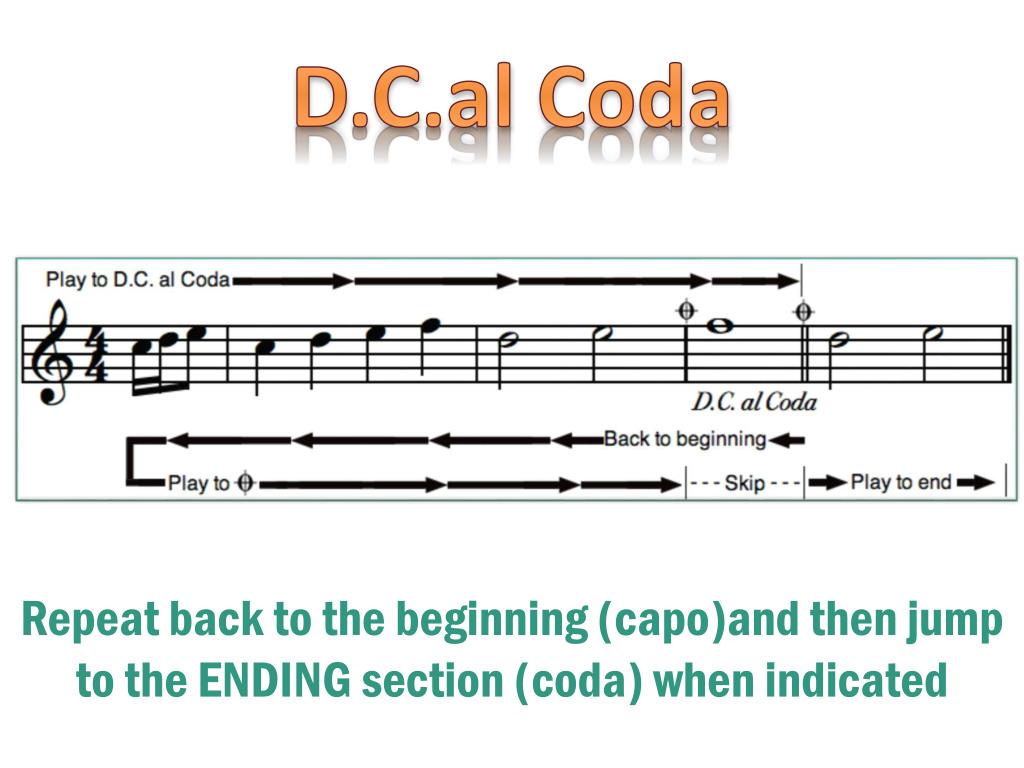
: 359 Accordingly, there is a large body of theory on what unifies and distinguishes practice in the sonata form, both within and between eras. Each of the sections is often further divided or characterized by the particular means by which it accomplishes its function in the form.Īfter its establishment, the sonata form became the most common form in the first movement of works entitled " sonata", as well as other long works of classical music, including the symphony, concerto, string quartet, and so on. In addition, the standard definition recognizes that an introduction and a coda may be present. The standard definition focuses on the thematic and harmonic organization of tonal materials that are presented in an exposition, elaborated and contrasted in a development and then resolved harmonically and thematically in a recapitulation. There is little disagreement that on the largest level, the form consists of three main sections: an exposition, a development, and a recapitulation : 359 however, beneath this general structure, sonata form is difficult to pin down to a single model.

#CODA MUSIC DEFINITION SERIES#
The teaching of sonata form in music theory rests on a standard definition and a series of hypotheses about the underlying reasons for the durability and variety of the form-a definition that arose in the second quarter of the 19th century. While it is typically used in the first movement of multi-movement pieces, it is sometimes used in subsequent movements as well-particularly the final movement. It has been used widely since the middle of the 18th century (the early Classical period). Sonata form (also sonata-allegro form or first movement form) is a musical structure generally consisting of three main sections: an exposition, a development, and a recapitulation. Sonata form, optional features in parentheses
#CODA MUSIC DEFINITION FULL#
Read more about coda and other concepts in our complete Musician’s Glossary article full of music-themed terminology.Musical structure of three main sections Early examples of sonata form resemble two-reprise continuous ternary form. Learn about coda and other music terminology You can read more about these in our text about cadence. There are four types of cadence: authentic, half, plagal, and deceptive cadence. The purpose of cadence is to create a sense of resolution but not end the entire song or composition altogether. Meanwhile, cadence refers to a much shorter section, less than a single bar. As already mentioned, when it comes to length, the coda can span from a few bars to an entire section. Thus, codetta is less extensive than the larger coda and is used to end a single section of a song rather than the entire musical piece.Ĭoda can often be confused with a similar concept: cadence. The corresponding word for tail in Latin is “cauda.” What is the difference between coda, codetta, and cadence?Ī codetta, on the other hand, means “little tail” in Italian. Not surprisingly, this is why coda is used to refer to the ending – a tail – of a piece of music. The word coda literally means “tail” in Italian. Coda is used more often in the context of classical music, whereas outro is used to refer to the ending of a pop or rock song. An outro, in other words, is basically the ending of a song. End with a disappointing coda and the listener may be left unimpressed.Ī more familiar name for a coda in popular music is an outro. A coda can greatly influence how strong of an effect a song or composition has on the listener, as it is often the climax of the entire piece. The length of a coda can vary greatly, spanning from just a few bars at the end of a song to an entire longer section that brings the song or musical composition to a close.

However, in the context of music, a coda is a musical element at the end of a song or a composition that brings the whole piece to an end. In fact, the word “coda” can be used when talking about any kind of ending in general.

For example, coda can refer to the end or the concluding section of a speech. The word “coda” may be confusing sometimes as it has multiple definitions depending on the context in which it’s used. Learn about coda and other music terminology.What is the difference between coda, codetta, and cadence?.


 0 kommentar(er)
0 kommentar(er)
